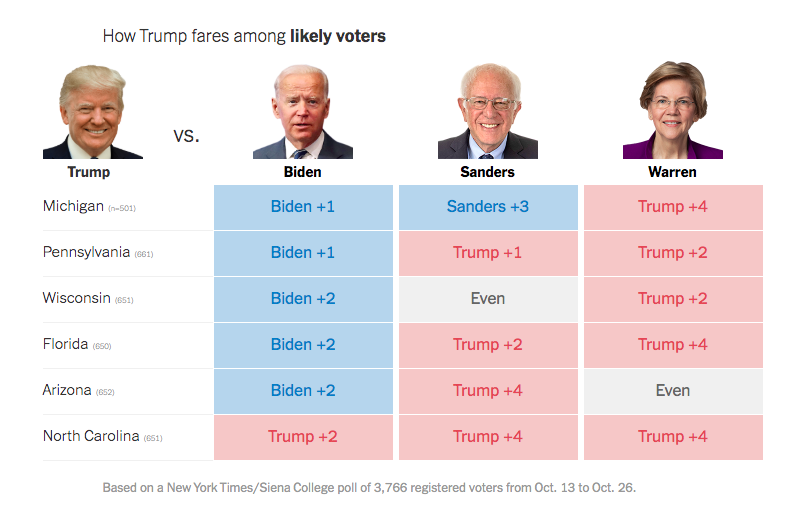Dershowitz: Weaponizing Impeachment Against Political Opponents
Authored by Alan Dershowtiz via The Gatestone Institute,
The constitutional power to impeach a duly elected president was intended by the Framers of the Constitution as a neutral, non-partisan tool of last resort to be used against only criminal incumbents in extreme cases. It is now being deployed as a partisan weapon that can be used routinely against presidents of a different party from those who control the House of Representatives.
Under the views of some members of Congress, any time the House is controlled by one party, a simple majority can properly vote to impeach. As Congresswoman Maxine Waters put it:
“Impeachment is about whatever the Congress says it is. There is no law.”
She is wrong. The Constitution is the law and she is not above it.
The recent partisan misuse of this emergency power began with the impeachment of former President William Jefferson Clinton by the Republican-controlled House in 1998. Clinton did not commit an impeachable offense, even if he feloniously lied under oath about his sex life. Such perjury, if it occurred, would satisfy the definition of a “crime,” but not meet the required Constitutional criteria of a “high crime and misdemeanor.” If President Clinton committed a crime, it would be a low crime related to his sex life and comparable to the low felonies — adultery and paying off an extortionist — committed by Alexander Hamilton when he was Secretary of the Treasury. Had Hamilton payed the extortionist from Treasury funds, as he was falsely accused of doing, he would have been guilty of an impeachable high crime.
To be impeached, a president must commit a crime (misdemeanor is a species of crime) and the commission of that crime must also constitute an abuse of office. An abuse of office without an underlying crime is a political sin, but not an impeachable offense.
This very issue was debated at the Constitutional Convention, where one delegate proposed “maladministration” as the criteria for impeachment and removal of a president. James Madison, the Father of our Constitution, strongly objected on the ground that so vague and open-ended a criterion would have the president serve at the will of Congress and turn us from a Republic with a strong president into a parliamentary democracy in which the chief executive can be removed by a simple vote of no confidence. Instead, the Convention adopted strict prerequisites for impeachment: treason, bribery or other high crimes and misdemeanors. The House is no more empowered to substitute its own criteria for those enumerated in the Constitution than the Senate would be to change the 2/3 vote requirement for removal to a simple majority or a 3/5 super majority. Congress is not above the law. It is bound by what the Framers accepted and cannot now apply the criterion the framers explicitly rejected.
Those who characterize the impeachment and removal process as completely political are wrong as a matter of constitutional law, even if they are right in describing the reality of how it is being currently misused. Advocates of this view misquote Hamilton in Federalist #65.
Hamilton did characterize the criteria for impeachment as “political,” but only in the sense that they relate to “injuries done immediately to the society itself.” He then immediately rejected the view that the process should be partisan, based on “the comparative strength of parties,” rather than on “the real demonstrations of innocence or guilt.” He called that the “greatest danger” and demanded “neutrality toward those whose conduct may be the subject of scrutiny.” Those who misquote and misunderstand Hamilton wrongly conflate the words “political,” by which he meant governmental, and “partisan, ” by which he meant related to the comparative strength of parties and factions.
It is difficult to imagine a greater breach of Hamilton’s principles than the recent House vote along party lines (with two exceptions, both opposing impeachment) to open a formal impeachment investigation against President Trump. The vote was determined exclusively by the “comparative strength of parties,” as was the vote to impeach President Bill Clinton two decades ago.
A partisan House vote to impeach President Trump, followed by a partisan Senate vote to acquit him, would not only hurt the Democratic Party — as the votes in the Clinton case hurt the Republican Party — it would damage our constitution and further polarize our already divided nation.
Most important, misusing the impeachment power in a partisan manner would pose, in the words of Hamilton, “the greatest danger” to our Constitution.
Tyler Durden
Mon, 11/04/2019 – 13:19
via ZeroHedge News https://ift.tt/32bUIWd Tyler Durden

 (This was not mentioned in the Hartford Courant story.) Offensive flags, of course, are constitutionally protected just as are offensive words. Indeed, the very first case in which the Supreme Court struck down government action on freedom of expression grounds,
(This was not mentioned in the Hartford Courant story.) Offensive flags, of course, are constitutionally protected just as are offensive words. Indeed, the very first case in which the Supreme Court struck down government action on freedom of expression grounds, 
